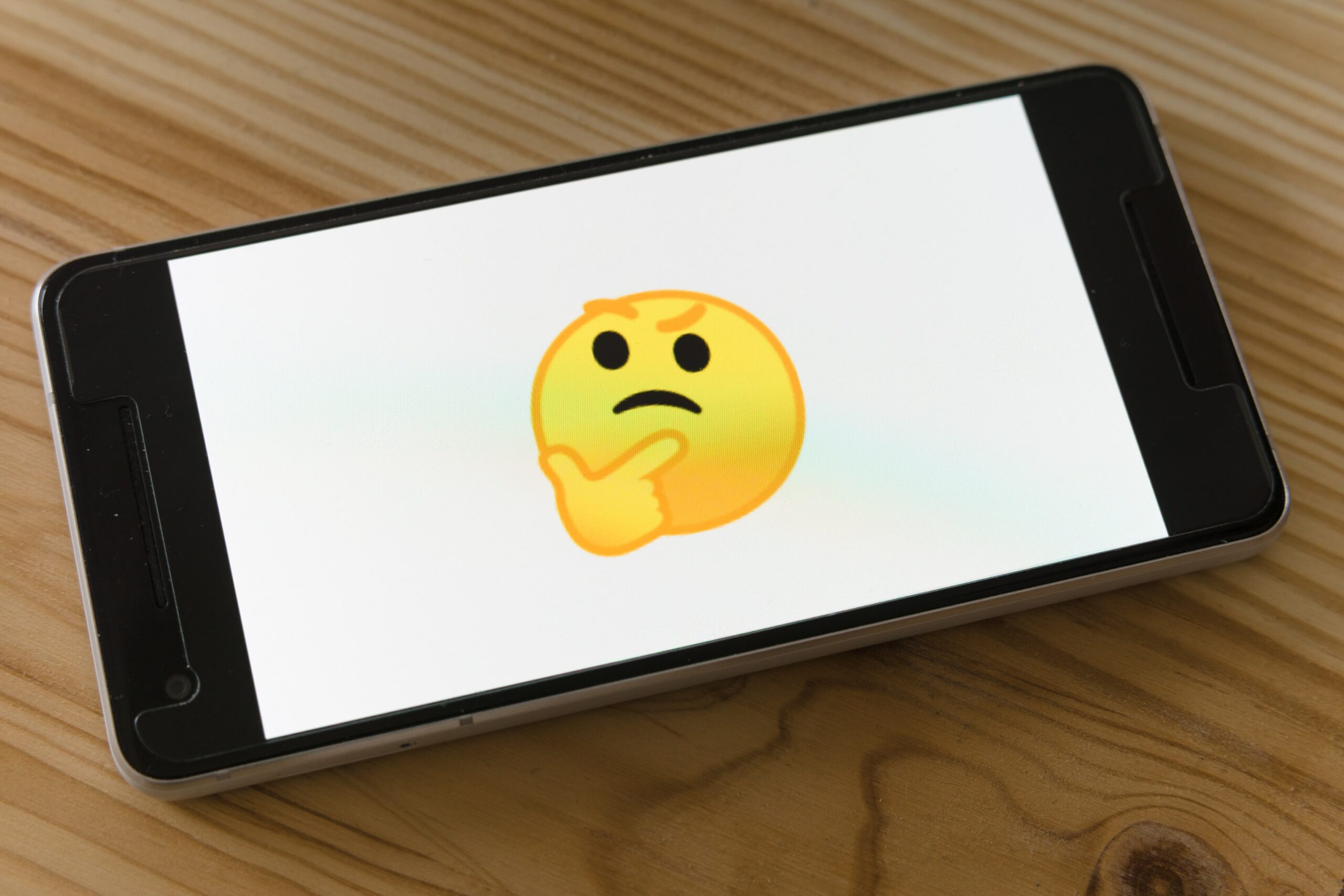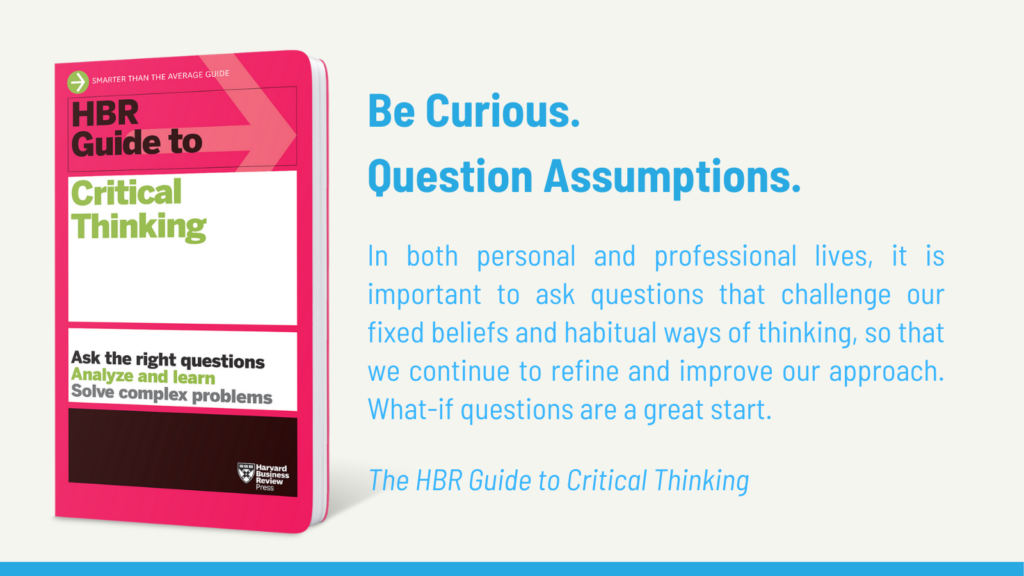What is critical thinking and how can it be improved?
Helen Lee Bouygues
updated Feb. 6, 2023

The term “critical thinking” is used a lot: by educators, politicians, journalists, and the general public. But what is critical thinking? When it comes to defining what critical thinking is – and is not – vagueness and confusion ensue.
What is critical thinking?
Although it’s complicated and multi-faceted, critical thinking can be defined. As cognitive scientist Daniel Willingham writes, critical thinking can be divided into three areas: reasoning, making judgments, and problem-solving. Critical thinking means becoming skilled in all three areas. In layman’s terms, it means thinking well.
So how can we think better? What does improved critical thinking look like? Because good thinking is so entwined in our daily lives, acquiring critical thinking skills is not as straightforward as becoming better at math or tennis. The exact skills depend on the stage of development as well as the domain in which the thinking skills are applied.
Moreover, critical thinking involves certain dispositions – curiosity, humility, independence – and values – openness, fairness, diversity – that make it more complicated than a more straightforward area of study.
All that said, there are some general components of critical thinking that will help clarify what exactly it means to become a critical thinker.
How To Improve Critical Thinking Skills
Below we expand on the definition of critical thinking by outlining three areas where we can all improve our critical thinking:
- Reflective thinking or what’s sometimes called “metacognition;”
- Objective thinking, which requires an ability to manage emotions and recognize biases;
- Analytical thinking, which involves skills in logic and argumentation.
You can also check out our SHARP Thinking method.
What Is Reflective Thinking and How Does It Relate To Critical Thinking?
Critical thinking starts with reflection. Indeed, the American philosopher John Dewey often referred to critical thinking as “reflective thinking.” He contrasted reflective thinking, in which thoughts are consciously ordered and follow each other in a sequence, from idle thinking where our thoughts meander from point to point without any structure.
Put differently, reflective thinking involves thinking about our own thoughts in such a way that we can intentionally improve, order, and regulate them. This practice is often referred to as “metacognition.”
Metacognition involves seeing our thinking from the outside. The approach includes observing our own thought processes and thinking habits. It requires us to evaluate and employ different thinking strategies reflectively, and to notice when we are thinking irrationally or unproductively.
Reflective thinking involves thinking about our own thoughts in such a way that we can intentionally improve, order, and regulate them.
Metacognition is also crucial for learning. Some research suggests that metacognitive or reflective skills can be as important as raw intelligence in predicting student success. Children become capable of reflecting on their thinking in this way at around four, and metacognitive awareness increases with age up until early early adulthood.
Metacognition also depends on education and practice. There’s a lot of evidence that much like riding a bike, metacognition can be learned. One way metacognitive skills can be nurtured is by writing. For example, journaling about thinking can be extraordinarily useful.
Asking a lot of “why” questions can also promote metacognition: Why am I doing this? Why am I thinking this? These sorts of practices pull us outside of ourselves and give us the perspective from which we can reflect on and improve our thinking.
What is Objective Thinking?
When people think of “objectivity,” they usually imagine cold-blooded and perfectly rational thinking, almost like a computer processing data. But the truth is that being objective requires a great deal of emotional intelligence, and honesty about our own biases.
First of all, a balanced emotional foundation is necessary for sound reasoning. Critical thinking requires both confidence and humility— the confidence to think independently of group pressures and the humility to acknowledge that we might be wrong or biased. If we’re either too susceptible to a need for peer approval or too arrogant to consider others’ opinions, we are bound to fail at being objective.
It is therefore crucial that emotional management skills be developed at a young age, and renewed continually throughout our lives. Trying new activities and taking on new challenges — like learning a new language, for example — may seem far removed from critical thinking. But they are crucial to developing feelings of competence, openness to challenges, and the ability to cope with failure which is crucial to high-level reasoning across all domains.
Another substantial barrier to objectivity is bias. We are all inherently limited by our own experiences and backgrounds. But these subjective biases do not need to determine how we think. To be more objective, we must learn to identify particular thought patterns that lead us into error or misinterpretation.
Biases include not just those derived from our personal experience, but general cognitive biases we all suffer from. For example, it is easy to think that past events were easily predictable all along (hindsight bias) or that if a coin turns heads five times in a row, it’s more likely to be tails next time (Gambler’s fallacy). The only way to overcome cognitive biases is to be educated about them, and strive for objectivity.
Objective thinking builds on reflective thinking. We have to be able to see our thinking from the outside, if we are to learn to control biases or emotions that can distort our reasoning. With practice, we can learn to adjust our thought processes and see the world more as it is. We are all inherently limited by our own experiences and backgrounds. But these subjective biases do not need to determine how we think. To be more objective, we must learn to identify particular thought patterns that lead us into error or misinterpretation.
We are all limited by our own experiences and backgrounds. To be more objective, we must learn to identify particular thought patterns that lead us into error or misinterpretation.
What Is Analytical Thinking?
The ability to plan and regulate one’s thinking and to manage emotions and biases are necessary preconditions for higher-level logical analysis. These skills allow critical thinkers to build and evaluate information and arguments step-by-step so they can persuade others of their positions and criticize mistaken arguments. This is known as analytical thinking.
Young children, of course, usually aren’t ready to tackle formal logic, but there are plenty of ways that parents and other adults can help stimulate their analytical thinking. They can ask them to give reasons for their opinions or how they might criticize someone else’s argument.
Later on – in high school, college, and beyond – training in formal logic can help adults think more about how arguments are structured, whether conclusions follow from premises, and how to use logic to evaluate others’ arguments.
Learning the logic of conditional (if-then) statements, for instance, can help students think more precisely. To take one example, the logical rule known as modus tollens states that if a conditional statement (“if p then q”) is true, and we know that the consequent (q) is false, then we can infer that the antecedent is false, too.
So if it’s true that “If there is smoke, there is fire” and there is no fire, we can conclude that there is no smoke either. By contrast, we cannot conclude from the statement that just because there is fire, there must also be smoke.
This close attention to the logical connections between statements is necessary for students to be able to reason well about complex issues like climate change or the size of government.
Logic and Critical Thinking
However, it’s important to keep in mind that, while logic is a crucial part of critical thinking, there is more to critical thinking than mere logic. Critical thinking also requires argumentative skills that go beyond logic.
In a political debate, for example, two opponents may both have perfectly logical arguments but differing relative values as starting points – leading to vastly different conclusions. Similarly, if an airtight logical argument is not advanced with any rhetorical skill, it is unlikely to be persuasive.
In other words, just as objectivity requires skills in both reasoning and emotional management, analytical or argumentative thinking requires both logical skill and an ability to understand and empathize with one’s audience.
Keep in mind that, while logic is a crucial part of critical thinking, there is more to critical thinking than mere logic.
Parting Thoughts
Critical thinking is, therefore, never a mere intellectual exercise, but requires an all-around ability to put reasoning into practice. It goes well beyond raw intelligence or logical skill, and involves the virtues of practical reasoning like self-awareness, humility, independence, and empathy that are cultivated and deepened throughout a lifetime. It is not a stretch, then, to say that learning to think critically can make you a better person.
To sum up, critical thinkers can reflect on and correct their thought processes, remain objective even in overheated or deceptive circumstances, and cogently analyze the information as well as the structure and logic of arguments. These skills require commitment and dedication, but the rewards — sounder judgments, better decisions, more productive work, and even healthier relationships — are well worth it.
Helen Lee Bouygues is the president of the Reboot Foundation

